Let us start with one that blooms across the country. Butterfly bush (Buddleia davidii) starts blooming in summer and can continue until the first frost. It has white, purple, or pink flowers borne on 4- to 10-inch spikes. They are fragrant and attract butterflies. The foliage is a soft gray-green and the growth rate is fast. The stems can be killed in a normal northern winter, but the plant suckers readily and will come back quickly.
If it doesn’t get frosted back to the ground, it will grow into an eight-foot-tall shrub. A denser plant can be kept at four feet if it is cut to the ground any time between when the leaves fall off and before they begin growing in the spring. This renewal pruning will not reduce flowering since they bloom on the ends of new growth. While buddleias survive many conditions, they prefer full sun and moist, well-drained soil.
Another shrub that can be treated as a perennial and cut back in the winter is blue mist shrub or blue spirea (Caryopteris clandonensis). This shrub only grows to two feet tall and has blue, fragrant flowers. It has the same requirements as buddleia. The flowers are borne in small clusters along the stem.
A hardy and pest-free shrub, summersweet clethra (Clethra ainifolia) has white to pink flowers that last longer than most shrubs (4 to 6 weeks). They are produced on the end of the new season’s growth and the clusters are six inches long. Once established, this is an easy plant to grow and tolerates sun or shade. It grows naturally in wet places and withstands salty conditions at the seashore. The deep green leaves turn yellow in October.
Another shrub group blooming this time of year is the hibiscuses. Rose of Sharon or Althea (Hibiscus syriacus) has flowers up to four inches across in all shades of white, pink, red, or purple. It can be grown as a shrub or as a single stem small tree to about 12 feet tall and wide. It transplants readily, but don’t plant it in extremely wet or dry soils. It does well in full sun or partial shade. There are other tropical hibiscus shrub species that bloom all summer. They can be grown in containers in the north and in the ground in southern gardens. Hibiscus moscheutos is another shrub that turns into a perennial in the north, but it has dinner plate-sized flowers, and it grows in wet areas along shorelines.
There are several species of hydrangea that bloom in late summer and fall. Most have white flowers that may turn pink as they age. The blue-to-pink color group develops its flower color depending on the availability of certain nutrients that changes with the acidity of the soil. There are dwarf species that only grow a few feet tall and tall species that grow more than 15 feet high. Some bloom once and hold the flower clusters for a long time, while other varieties rebloom during the summer and fall.

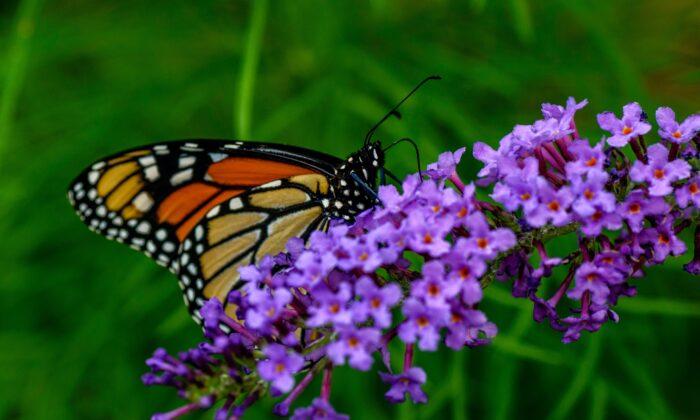
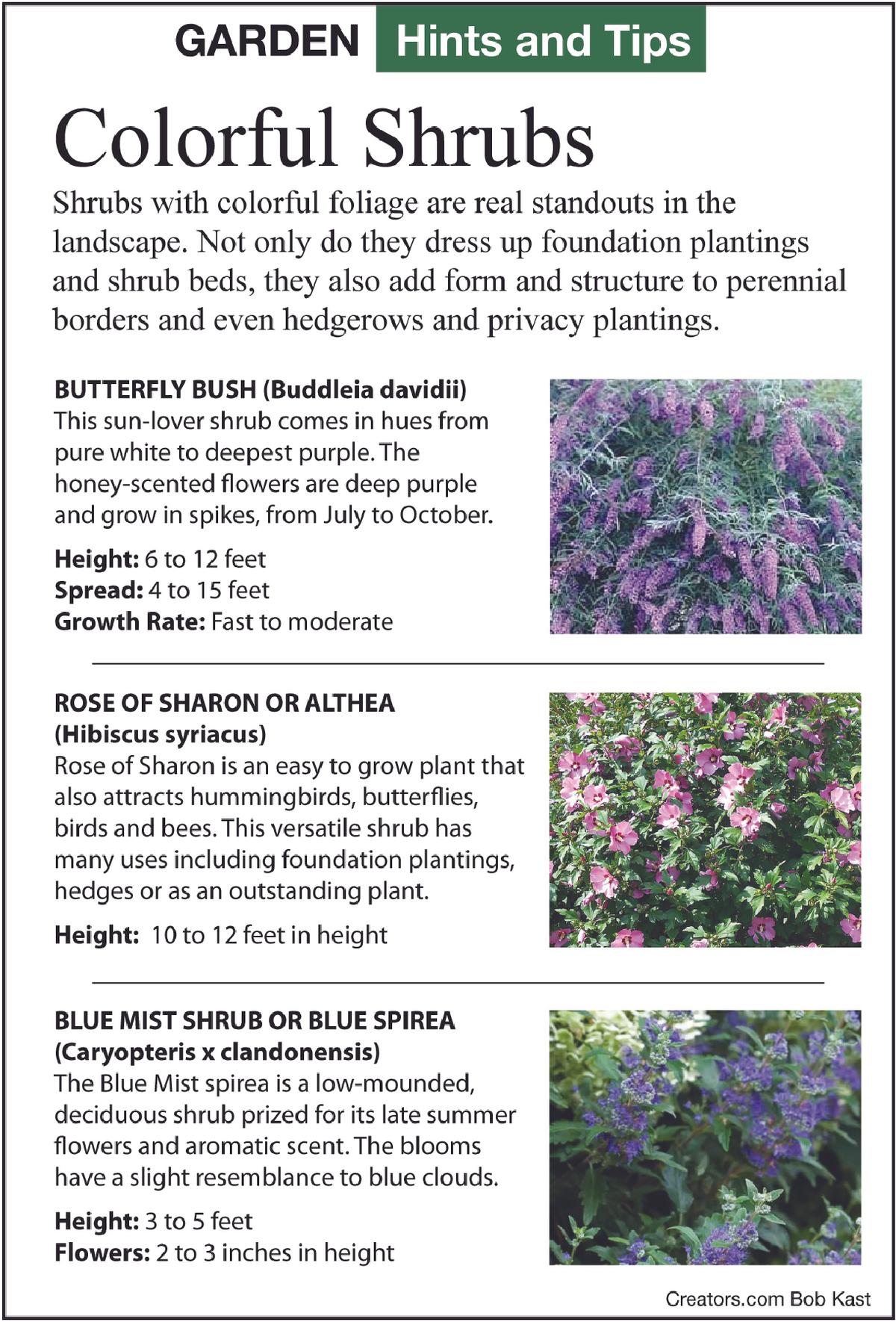
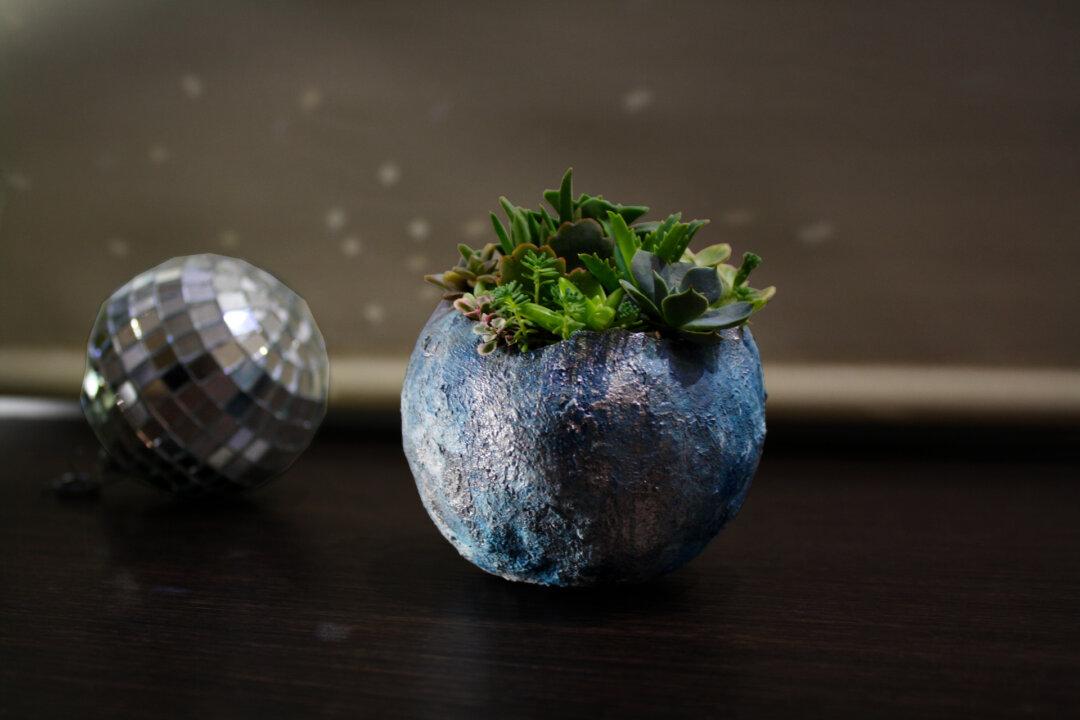
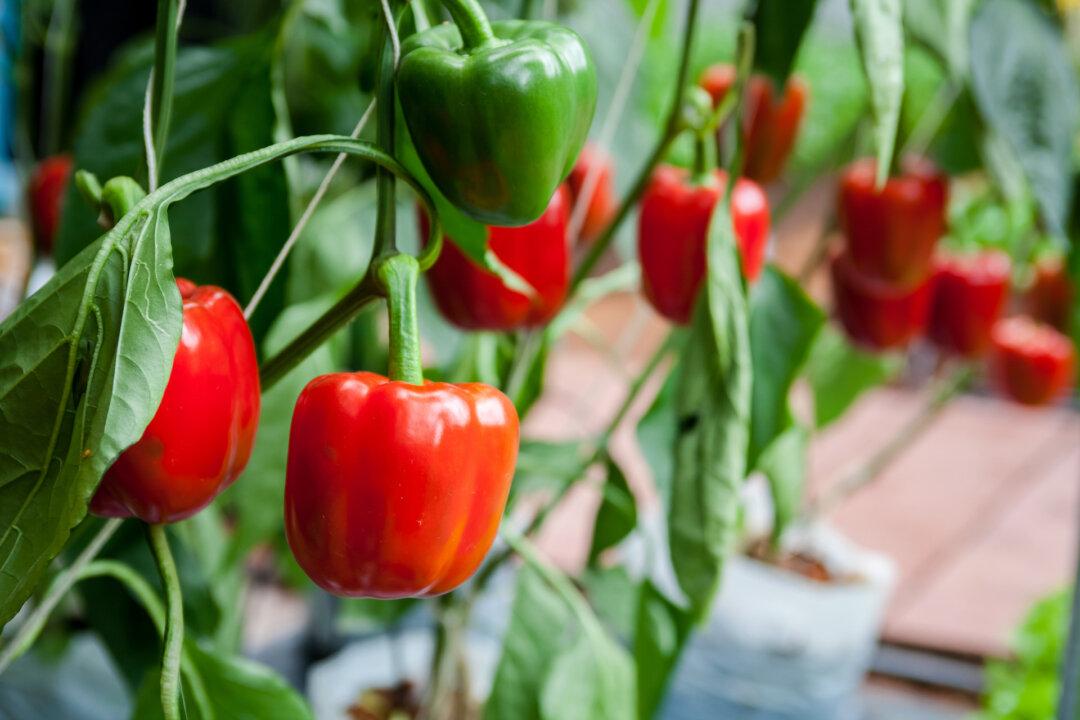
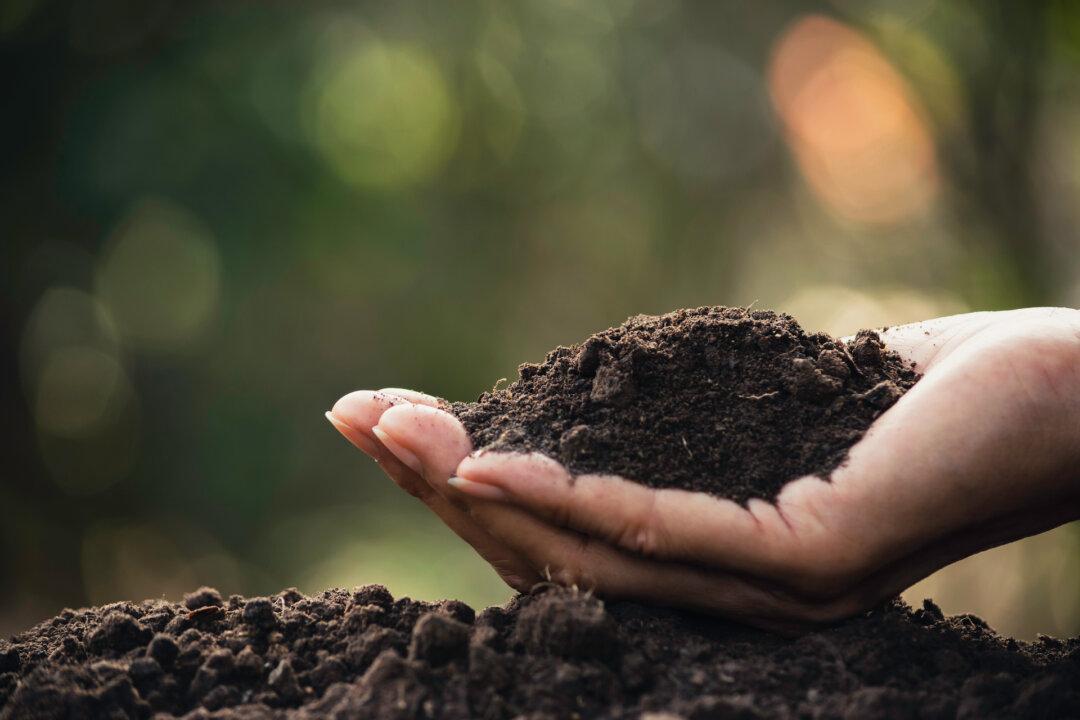
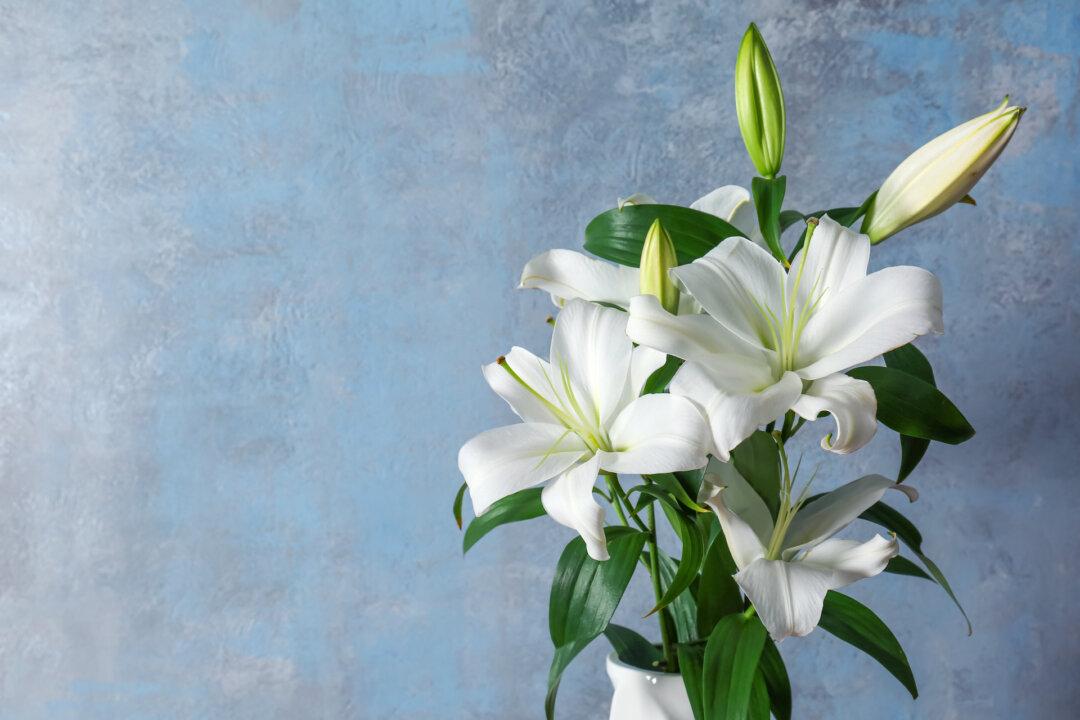
Friends Read Free